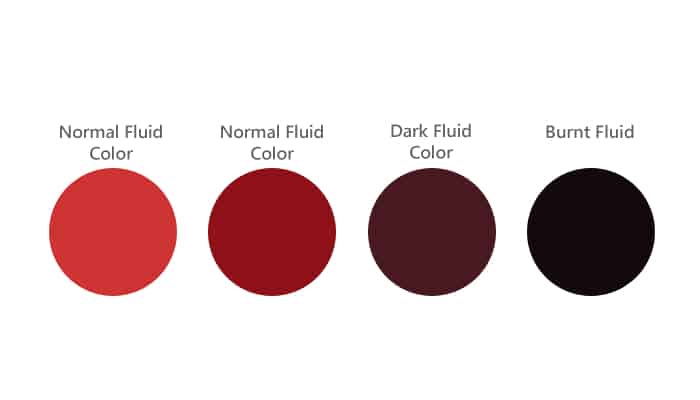Honda CR-V Transmission Fluid Capacity
When it comes to maintaining your Honda CR-V, one of the essential tasks is checking and changing the transmission fluid. The transmission fluid plays a crucial role in keeping your vehicle’s transmission running smoothly and efficiently. In this article, we will discuss the transmission fluid capacity for the Honda CR-V, providing you with the information you need to keep your vehicle in top shape.
Transmission Fluid Capacity and Type
| Popular posts |
|---|
| What to do to prolong the life of your manual gearbox |
| Automatic transmission: what it is, how it works |
Before we dive into the transmission fluid capacity, let’s first understand the type of transmission fluid your Honda CR-V requires. The Honda CR-V typically uses Honda ATF DW-1 transmission fluid, which is specifically formulated for Honda vehicles. It is important to use the recommended fluid to ensure optimal performance and longevity of your transmission.
Now, let’s get to the transmission fluid capacity. The table below provides you with the transmission fluid capacity in both quarts and liters for different Honda CR-V model years:
| Model Year | Transmission Fluid Capacity (Quarts) | Transmission Fluid Capacity (Liters) |
|---|---|---|
| 1997-2001 | 2.9 | 2.7 |
| 2002-2006 | 3.0 | 2.8 |
| 2007-2011 | 3.9 | 3.7 |
| 2012-2016 | 3.4 | 3.2 |
| 2017-2021 | 3.4 | 3.2 |
It is important to note that these values are approximate and may vary slightly based on your specific Honda CR-V model and any modifications made to the vehicle. Always consult your owner’s manual or a trusted mechanic for the most accurate information.
Changing Transmission Fluid
Changing the transmission fluid in your Honda CR-V is a relatively straightforward process, but it is essential to follow the correct steps to ensure proper maintenance. Here is a general outline of the steps involved:
- Ensure your vehicle is parked on a level surface and the engine is turned off.
- Locate the transmission fluid dipstick, which is usually labeled and located near the engine.
- Using a clean cloth or paper towel, remove the dipstick and wipe it clean.
- Reinsert the dipstick fully and remove it again to check the fluid level. The fluid should be within the recommended range indicated on the dipstick.
- If the fluid level is low, carefully add the recommended transmission fluid until it reaches the appropriate level. Be cautious not to overfill.
- Repeat the dipstick check to ensure the fluid level is correct.
- Dispose of the used transmission fluid responsibly, following local regulations.
Remember, safety is crucial when working with any vehicle maintenance tasks. Always wear appropriate protective gear, such as gloves and safety glasses, and exercise caution to avoid injury.
Conclusion
Knowing the transmission fluid capacity for your Honda CR-V is essential for proper maintenance. By using the recommended transmission fluid and following the correct procedures, you can ensure the longevity and optimal performance of your vehicle’s transmission. Remember to consult your owner’s manual or a trusted mechanic for specific information related to your Honda CR-V model.
Keep your Honda CR-V running smoothly by staying on top of your transmission fluid maintenance. Your vehicle will thank you with reliable performance for years to come.
What Color Should Transmission Fluid Be?


